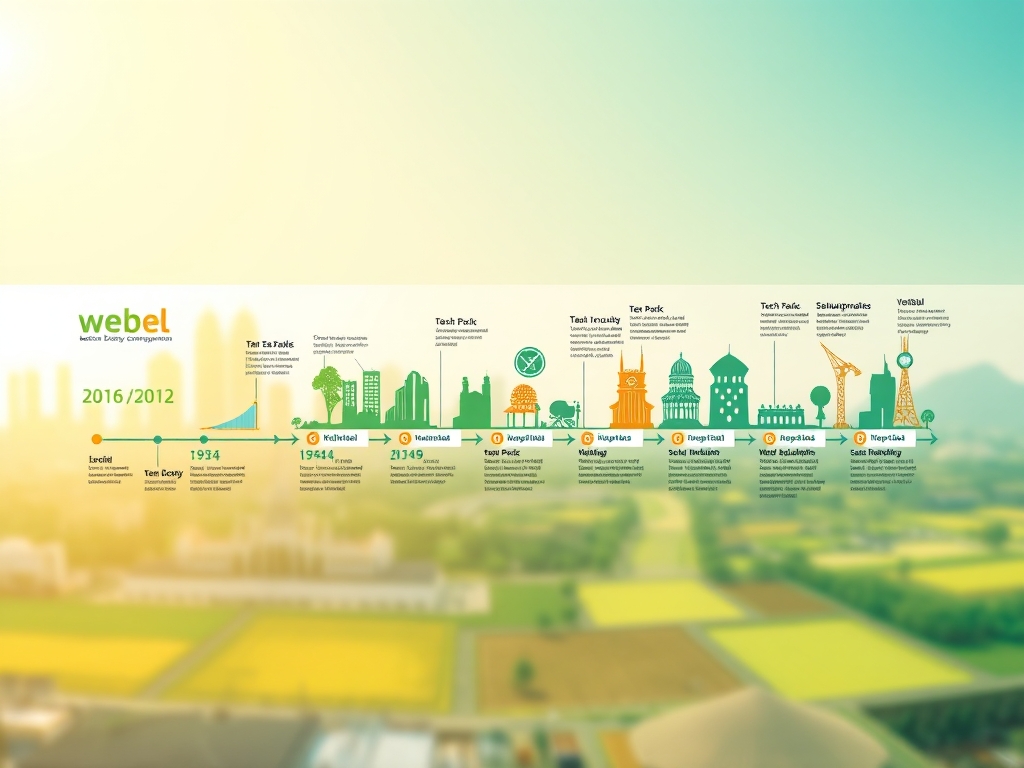Don't miss this exciting offer — contact us today and make it yours!

Long before India’s IT boom made headlines from Bengaluru and Hyderabad, a quiet revolution was brewing in West Bengal — led by a pioneering state agency known as Webel. Officially the West Bengal Electronics Industry Development Corporation Limited, Webel was founded in 1974 and by the 1980s, it was already laying the groundwork for the region’s IT and electronics ecosystem.
This case study traces Webel’s journey from a niche electronics promoter to a key architect of Bengal’s modern digital infrastructure — driving tech parks, skill training, startups, and semiconductor missions, all while positioning the state as a digital force in eastern India.
Webel is the nodal agency for electronics and IT development under the Department of Information Technology & Electronics, Government of West Bengal. With a mandate that spans infrastructure, education, hardware, e-governance, and investment, Webel acts as:
A facilitator for electronics manufacturing
A planner and builder of IT parks and green campuses
A trainer and certifier through Webel Training Centres
A partner to private sector growth in technology sectors
When Webel began its work in the ’70s and ’80s, Bengal’s industrial focus was on steel, jute, and manufacturing — not semiconductors or software. Major challenges included:
Low digital literacy and lack of IT manpower
Absence of tech-ready infrastructure
Little investor awareness of Bengal’s potential
Competition from southern IT hubs
Brain drain of local talent to other states and countries
Webel had to build from scratch — creating both the infrastructure and the mindset for a digital economy.
Webel created West Bengal’s first IT parks in Salt Lake Sector V, which today houses tech giants like TCS, Cognizant, and Wipro. Over time, they developed additional hubs in:
Rajarhat (New Town)
Kharagpur
Siliguri
Durgapur
Malda and Purulia (in progress)
These campuses offer plug-and-play facilities, data centers, R&D labs, and connectivity infrastructure for businesses.
Recognizing that infrastructure without talent is ineffective, Webel launched 60+ training centers across districts. These centers focus on:
Hardware maintenance
Networking
Cybersecurity
Animation and multimedia
Software development and coding
Thousands of students, especially from rural and Tier 2/3 cities, gain industry-ready certifications through WTCs.
Webel actively supports EMS (Electronic Manufacturing Services) by:
Setting up Electronics Manufacturing Clusters (EMCs) in Falta and Kalyani
Assisting in PCB fabrication, LED manufacturing, and IoT prototyping
Facilitating investor connect programs with OEMs and startups
It also collaborates with the India Semiconductor Mission to attract global players in chip design and R&D.
Webel has powered several e-Governance initiatives including:
State Data Center and Cloud
Smart Card & Aadhaar services
e-District citizen services
Digital health ID and education tech pilots
They’ve helped rural areas access government services through tech-enabled Gram Panchayats and CSCs (Common Service Centers).
Over 25 IT Parks created across West Bengal
60+ Webel Training Centres empowering 2.5 lakh+ students
₹5,000 crore+ worth of infrastructure investments
60% increase in electronics manufacturing output in the last 5 years
IT exports from West Bengal crossing ₹18,000 crore annually
Over 400 companies operating in Salt Lake & New Town clusters
TCS, Cognizant, and Tech Mahindra set up delivery centers in Webel-built parks
Infosys campus planned on 50 acres at New Town
MoUs signed with Singapore, Japan, and Taiwan for electronics and chip-related investment
Webel-supported startups have raised funds from NASSCOM, IIM Calcutta Innovation Park, and DST
Decentralized Development: Webel’s focus beyond Kolkata — in Durgapur, Siliguri, and Malda — ensures balanced tech growth.
Skilling + Infra Model: Webel pairs physical infra with human capital development, making Bengal self-reliant in tech talent.
Public-Private Collaboration: It acts as a bridge between government policy and startup needs.
Legacy with Agility: Unlike many PSU-style bodies, Webel adapts quickly to new trends like AI, blockchain, and robotics training.
Build for Bharat, Not Just Metros: Localized tech zones and training centers decentralize innovation.
Futureproof Your Legacy: Agencies with deep roots can still lead by embracing agility and private collaboration.
Skilling is Branding: Creating job-ready youth is one of the strongest brand-building tools in emerging economies.
Webel is not just a government body — it’s a catalyst of Bengal’s digital destiny. From the earliest circuit boards to cloud computing and electronics clusters, Webel proves that visionary state support can shape global-level outcomes, even from historically underserved geographies.
As India pushes for semiconductor self-reliance, AI-powered governance, and digital inclusion, Webel stands as a model of public-sector innovation driving digital transformation from the ground up.